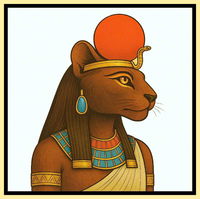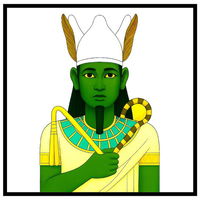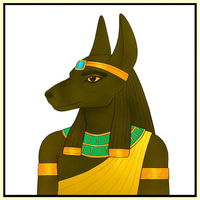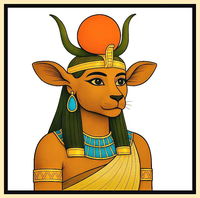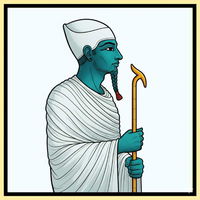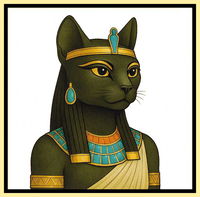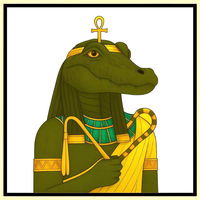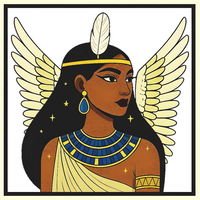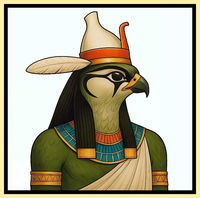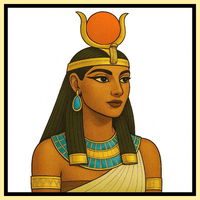
Deities of the Dunes Trivia Quiz
Step into the shifting sands of ancient myth, where gods walked among mortals and the Nile whispered secrets to the stars. From falcon-headed kings to feline protectors, test your knowledge of Egypt's divine pantheon by identifying the deities.
by Kalibre.
Estimated time: 3 mins.
